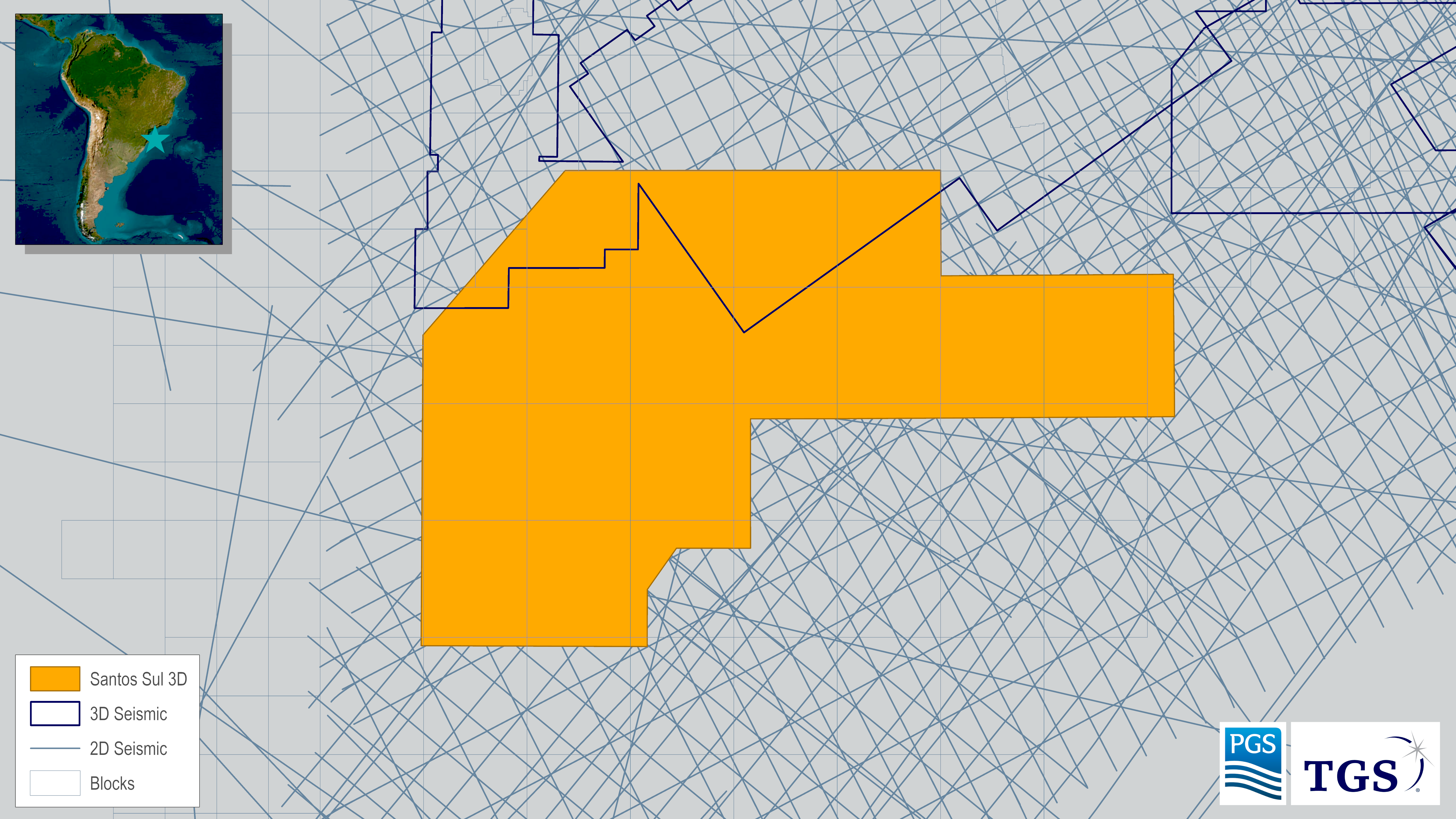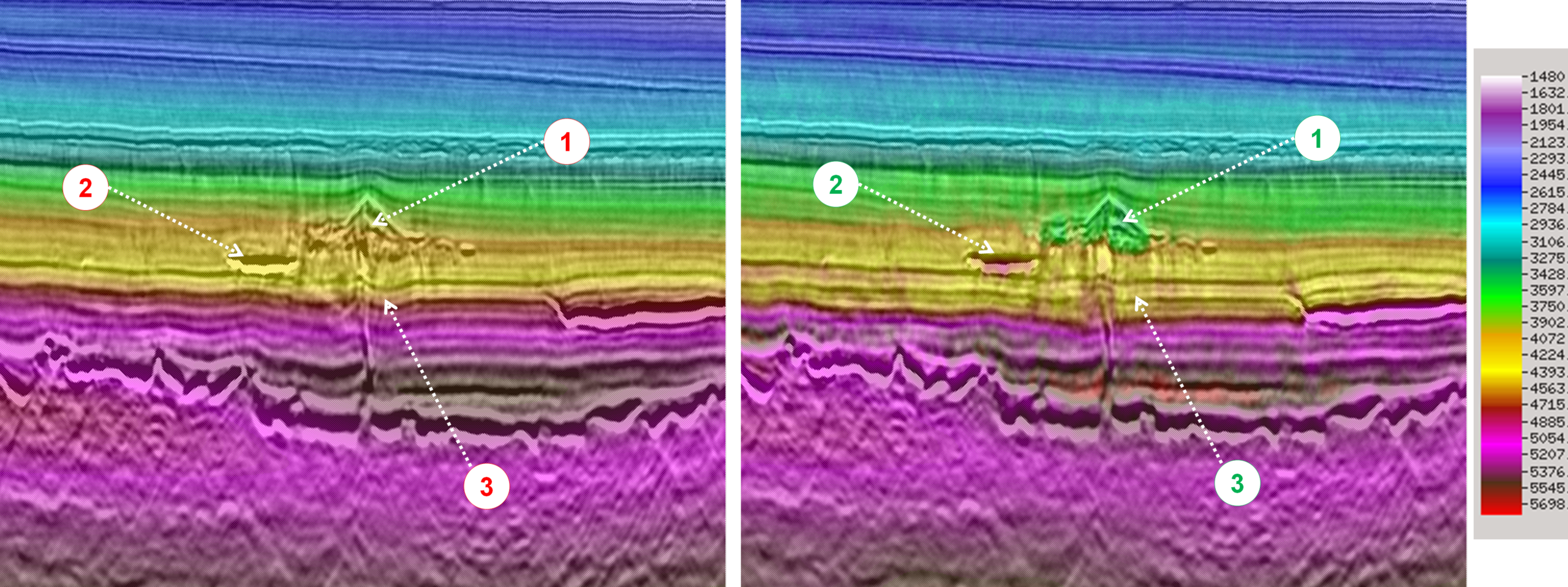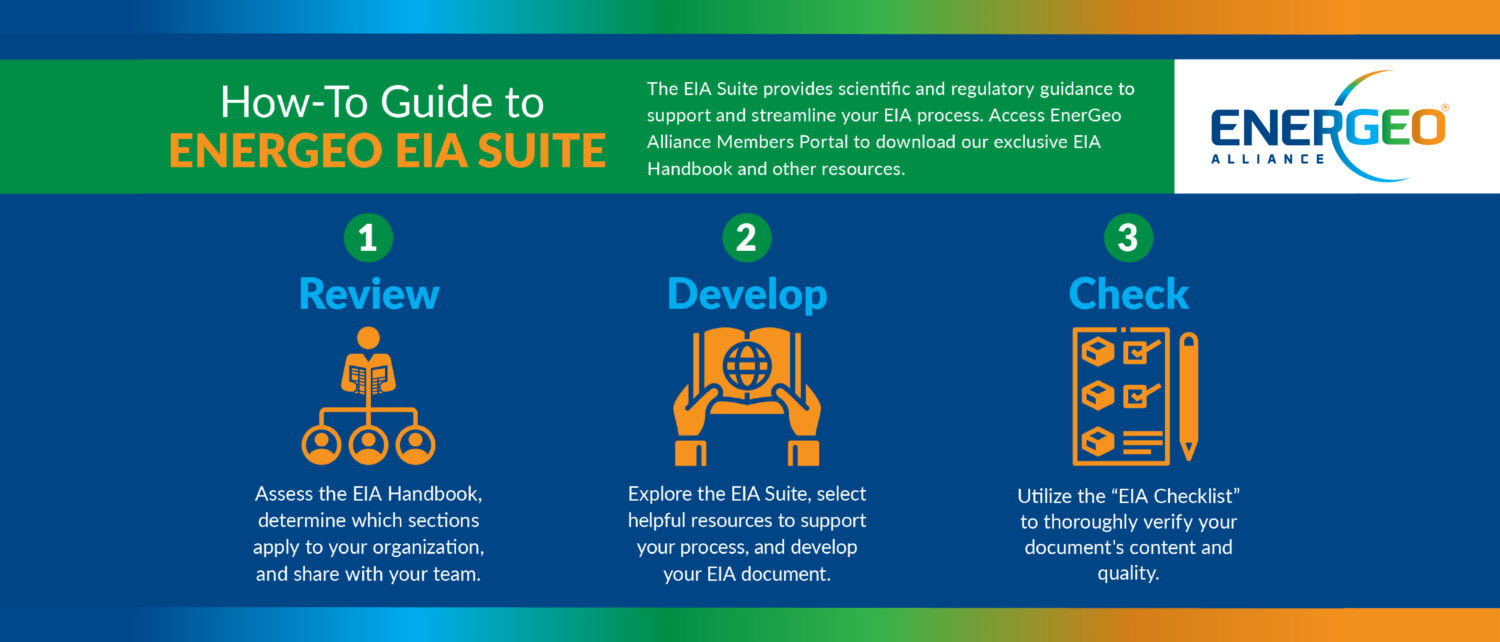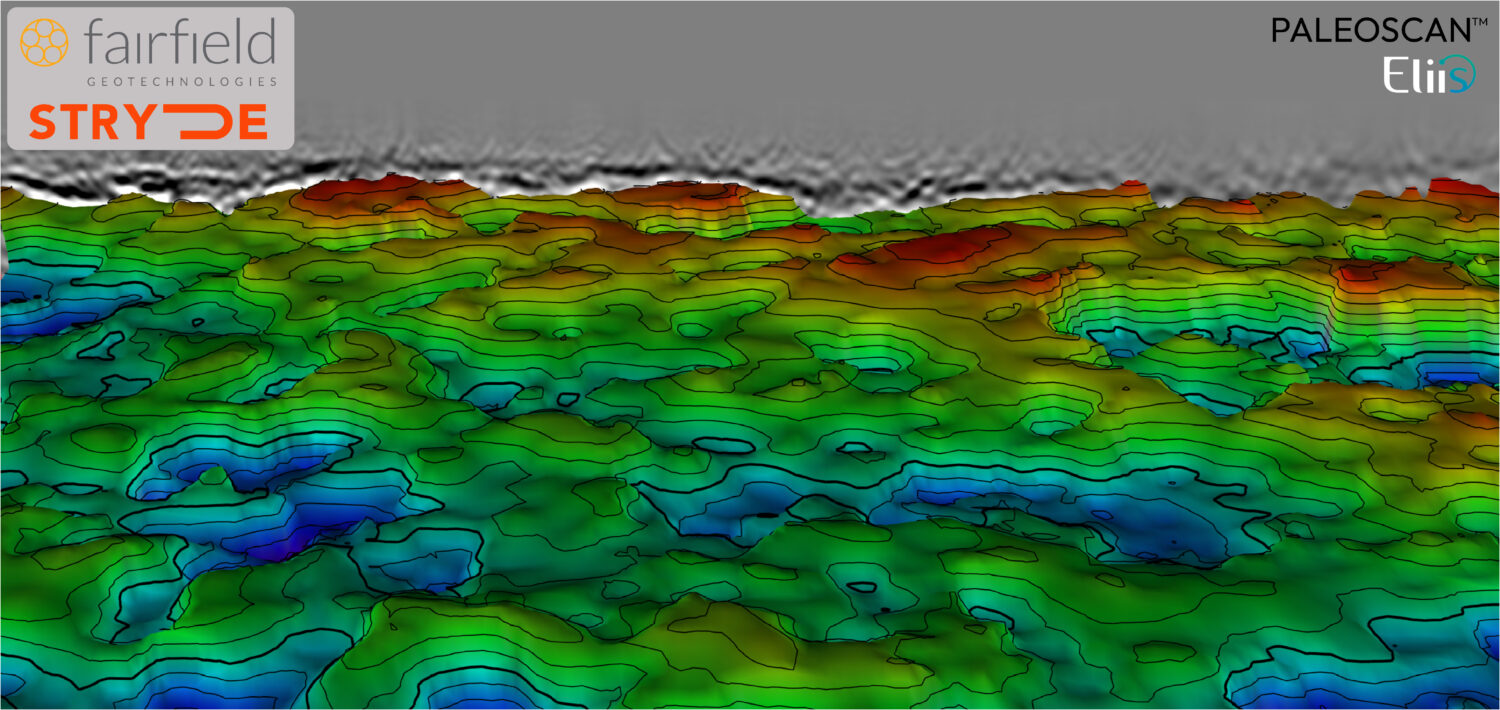
Leveraging integrated workflows and fast track data for prospect evaluation during acquisition
The Santos Sul 3D MC program is situated near to a cluster of postsalt fields, such as Tubarao, Bauna, and Bauna Sul. Industry has expanded its exploration efforts in this region, now including Cretaceous to Oligocene clastic turbidites, departing from the Pre-Salt plays, which has been the dominant focus offshore for the past two decades.
Moreover, there has been a recent industry focus on exploration in the Santos and Pelotas Basins, which has intensified over the last couple of years due to several significant discoveries offshore Namibia. Both Brazilian offshore basins are still considered frontier areas, covered by 2D seismic data with only a few wells drilled in shallow waters. Therefore, acquiring higher-quality 3D data is essential to fully understand and de-risk the petroleum systems in these areas.
Acquisition
In a joint venture, PGS and TGS have conducted a high-density 3D survey (107-fold) over an area of approximately 12,290 km2 using Geostreamers equipped with an 8 km cable length. By employing triple sources, we guarantee high fold and continuous recording of 15 seconds, allowing for uncompromised imaging. To ensure timely delivery of data to operators in the most promising areas of the basin, we divided the survey area into multiple racetracks. This allowed us to acquire seismic data throughout the season and deliver data subsets, for processing and model building along the way.
Pre – Processing
We implemented modern broadband pre-processing with Fast Track and Full Integrity workflows. Fast Track wavefield separation is performed on-board and the data is transferred via satellite to the processing center onshore; subsequently, we perform robust de-noise and de-multiple sequences, followed by 3D Anti-leakage Fourier transform regularization. The pre-processed data undergoes quality control at every major stage and is reviewed with industry partners at key milestones.
The Full Integrity pre-processing is conducted entirely onshore, starting de-blending, de-noise, shot and channel amplitude scaling, receiver motion correction, tidal statics and dynamic water column correction. De-multiple is extended to both 3D SRME and shallow water de-multiple algorithms, followed by residual denoise and 5D ALFT regular.
Depth model building and imaging
For depth model building and imaging we are using proven workflow TGS has applied on all recent MC programs and is widely accepted by industry. We use Tilted Traverse Isotropy Kirchhoff Pre-Stack Depth Migration (TTI KPSDM) as the main imaging algorithm for both Fast Track and Full Integrity.
We start with an initial 3D model created from grid of underlying 2D and data from three wells in the area. By integrating all available regional data, the value of regular grid of 2D data is amplified as we have a good starting VTI model that is following major regional horizons.
For Fast Track model building, we are updating Vp model with reflection-based tomography using non-parametric moveout picker and invert for global, dip-guided tomography solution. Since we were starting with very good velocity models, 3 passes of long wavelength tomography were performed to achieve overall flat gathers that will allow for good structural imaging as well as reliable angle stacks. Figure 1 shows velocity models overlay with TTI KPSDM stack for one of the central lines, where we can see that velocities are following structures and providing for a high-quality, high-frequency image from water bottom up to 10 km of section.
Even though we are at Fast Track stages, we do rigorous quality controls (QC) of the data in all domains, ensuring Amplitude Variation with Offset (AVO) fidelity. Figure 3 shows just a small subset of QCs that we typically run.

We are also generating geometrical and amplitude attributes that we use for further model building refinement, processing QCs and early prospects evaluation (Figure 4). For Full integrity model building, we proceed with TGS’ proprietary Dynamic Matching Full Waveform Inver.

For Full integrity model building, we proceed with TGS’ proprietary Dynamic Matching Full Waveform Inversion (DM FWI). DM FWI is a proven toolkit that works well for long-offset, full-azimuth data, 3D NAZ and even 2D datasets. For Santos Sul, we see that DM FWI is updating sediments not only in the shallow section but all the way to the expected source rock interval and SW-NE trending volcanic units (Figure 5). At deeper levels, volcanic features are also being delineated, such as volcanic cones that have slower seismic velocities, as well as sills and laccolites but at much faster velocities. The added details in the velocity model are further improving the flatness of the gathers and removing false undulating structures at Albian-Aptian level.

Conclusions
The Santos Sul 3D MC program is a crucial exploration program that will significantly enhance understanding of the petroleum system in the southern Santos Basin. This modern dataset is set to redefine geological plays in the region, offering an invaluable exploration tool for mitigating risks in future activities within the Southern Santos and Northern Pelotas Basin. By employing high trace density broad-band acquisition and advanced DM FWI processing, the program aims to generate a drill ready dataset. The full range of TTI KPSDM Fast Track products for the area, covering approximately 12,290 km2 , will be available in early November 2024. The final KPSDM products for the entire area will be accessible by April 2025.




